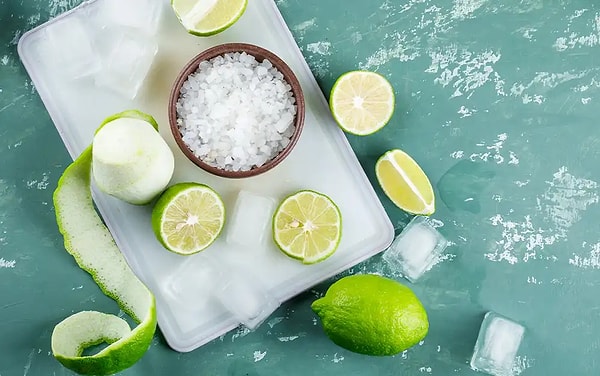The Simplest Method For Removing Lime Stains!
Hard water flowing from our taps can lead to the formation of limescale on the steel products we use over time. This layer of limescale not only causes the water to heat up slowly, but also leads to increased energy consumption. Consequently, it is recommended to regularly clean the limescale, particularly from kettles.
Vinegar or baking soda are commonly preferred for removing limescale from kettles.
However, it is also possible to get rid of limescale using just a single product.
So, how is limescale removed from a kettle?
The lime buildup inside the kettle can sometimes lead to certain issues.

The use of tap water in household appliances, particularly, leads to the formation of limescale over time. Consequently, it's not recommended to use tap water in appliances like irons or humidifiers. However, it's inevitable that limescale will form in our kettles over time. The layer of limescale not only causes the water to boil late but also leads the device to consume more energy.
The limescale layer actually arises from the calcium and magnesium minerals in the tap water sticking to the surface when heated. Therefore, an acidic product will dissolve the limescale layer. Vinegar is a natural method for removing limescale, but its smell might be bothersome. Baking soda alone will not be sufficient either.
How can you naturally remove the limescale from a teapot?

The product that single-handedly removes the limescale from a teapot is citric acid, also known as lemon salt, which is suitable for kitchen use.
So, how is it applied?
Fill the teapot with water up to the level of the limescale.
Add a dessert spoon of lemon salt.
Wait for 2-3 minutes once the water starts to boil.
You will observe that the limescale rapidly dissolves and settles at the bottom.
Empty the teapot. Rinse thoroughly with plenty of water before use.
Keşfet ile ziyaret ettiğin tüm kategorileri tek akışta gör!

Send Comment